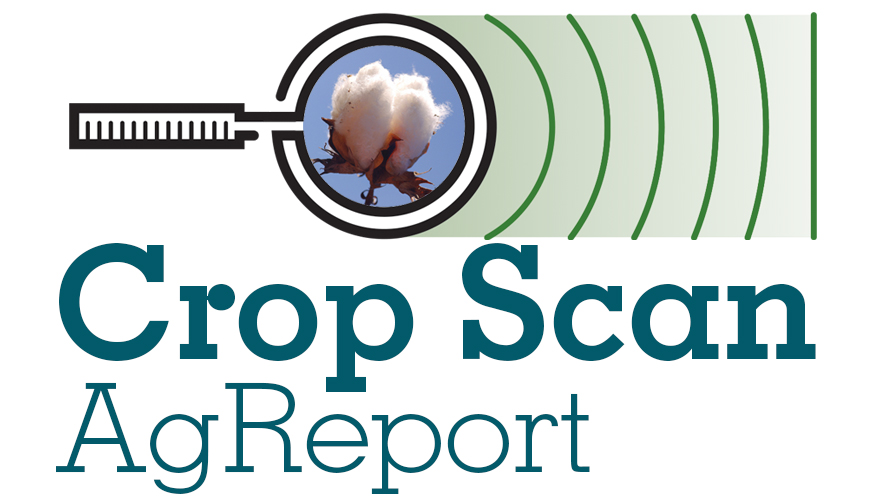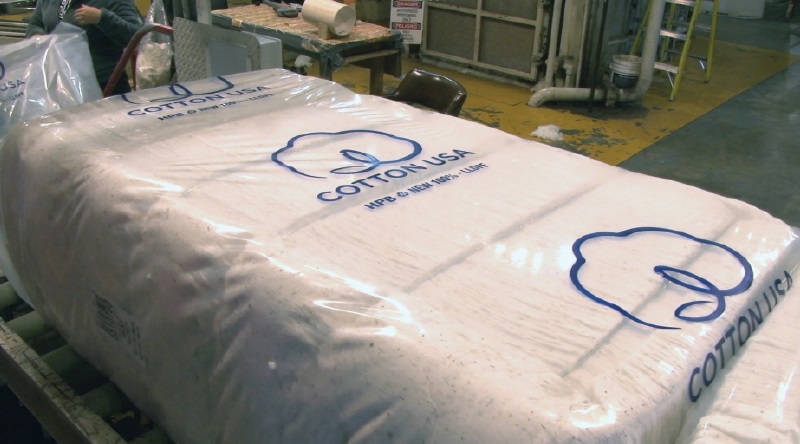Rural Americans Still Waiting on Benefits of Digital Revolution
By Leslie Cauley
USA TODAY
The people who live here are still waiting for the digital revolution to arrive.
The local phone company, Windstream, offers high-speed DSL service in part of Plains (population: around 1,450). But those who live outside the city limits, including farmers such as Jeff Roper, don’t have a lot of choice.
Roper currently uses ERF Wireless, which provides service in more remote areas. He says the service, which costs $40 a month for a 1.5-megabit connection, is pretty good, though it sometimes goes down for days at a time.
To help run his 2,400-acre farm, he spent $65,000 on equipment for a satellite-based GPS service for his tractors, useful for navigation in the field. Broadband, handy for a variety of diagnostic and operational purposes such as irrigation and real-time weather monitoring, isn’t available – so Roper and other farmers in this West Texas community do without.
Rural folks aren’t prone to complain, Roper says. They work hard, love their communities and wouldn’t think of living anywhere else. But that doesn’t mean they don’t want, and need, to be connected to the outside world.
“Just because we live in rural America doesn’t mean we shouldn’t have broadband,” says Roper, a third-generation peanut farmer. “We’re all Americans. We shouldn’t be treated less than anyone else.”
Congress agrees, and has allocated $7.2 billion in economic stimulus funding to support broadband deployment across the USA. The goal: to help drive broadband penetration in places such as Plains, which have long lagged urban areas in terms of choice, quality and cost.
By pushing hard on broadband, lawmakers hope to close the “digital divide” that has long separated rural America. In doing so, they hope to give rural consumers access to the same sorts of high-speed services and opportunities – think telemedicine, distance-learning and Web-based commerce – that city dwellers have enjoyed for years.
There’s also the social divide to consider. While websites such as Facebook and Twitter might seem like mere entertainment, they also turn the Internet into a town hall meeting that spans the globe. Broadband is essential to that cultural shift, and to making sure consumers can participate.
The biggest argument in favor of rural broadband, however, can be boiled down to two words: job creation.
The way President Obama sees it, broadband is the future of the USA. According to non-profit Connected Nation, in Washington, a 7% increase in broadband penetration in underserved parts of the country could stimulate the economy by more than $134 billion. Benefits would accrue from the creation of jobs, commerce and other intangibles – such as fuel savings of non-commuters working from home – that would follow.
To realize that dream, however, broadband needs to become a ubiquitous service, such as power or water.
The problem: High-speed Internet access is far from pervasive in rural America, home to more than 60 million consumers. The average cost of broadband in the USA is about $45 a month, but fees in rural areas can run much higher.
Currently, about 57% of urban households and 60% of suburban households subscribe to broadband. In rural areas, only 38% do, according to a report by the Communications Workers of America.
“As a country, we’re basically punishing people for living where they want to live,” says Vince Jordan, CEO of Ridgeview Telephone, a small Colorado-based carrier that caters to rural customers.
Jordan says it isn’t unusual for rural phone companies to charge $300 to $600 for a broadband installation. The fees cover the cost of dispatching a crew to wire up a home for DSL, which works off existing copper phone lines. In urban markets, installation is often free.
Why so pricey? In the broadband world, the more subscribers you have, the more quickly you can recover costs. In rural areas, 20 phone lines or fewer per square mile isn’t unusual, so that can take a long time.
Ridgeview charges $30 for a broadband installation. Because it charges so little, Jordan says, it can take his company eight months to recover its costs. “But we also get a lot more customers” as a result, he says.
Dean Cubley, CEO of ERF Wireless, says he’s heartened by the national push to bring rural areas into the 21st century. But he worries that public-policymakers aren’t equipped to come up with realistic solutions.
“A lot of people think rural America is where the road narrows from four lanes to two lanes,” says Cubley, who grew up on a farm in East Texas. “Rural America is where you drive off the gravel road to get to the farm house; it’s where you have to get in a car and drive to visit your neighbors,” he says. “Millions of people live that way. And they need broadband just like everybody else.”
Small towns, big need
Plains City Administrator Terry Howard says he’d love to see a big carrier come into town. Given all the pent-up demand in Plains, he thinks whoever showed up would get a lot of business. But so far, there have been no takers.
Howard says he doesn’t blame big carriers for not wanting to come to small towns such as Plains, allowing that they’re probably not the most lucrative. Still, he wishes somebody would.
“They have their reasons, but that isn’t helping us,” he says.
Plains, meantime, is struggling. According to Howard, businesses won’t even look at relocating here because broadband options are so limited. People who have home-based businesses are also stuck. Because the reliability of local broadband is so spotty, he says, trying to do even the most basic tasks – such as taking an online college class – can be an exercise in misery.
With nothing to shore up the local economy, the town’s population is dwindling rapidly – by 100 people every 10 years or so, Howard guesses. Plains has about 1,450 residents currently.
Unless something changes, Plains will eventually become a town of “90-year-olds,” he predicts.
Schooler, echoing the comments of other locals, says she hopes lawmakers won’t forget about towns such as Plains and Morton when it comes to broadband.
“Every time you put a bite of beef in your mouth or a cotton T-shirt on your back, it came from rural America,” Schooler says, her voice welling with pride. “We are one country. We feed you; you take care of us.”








